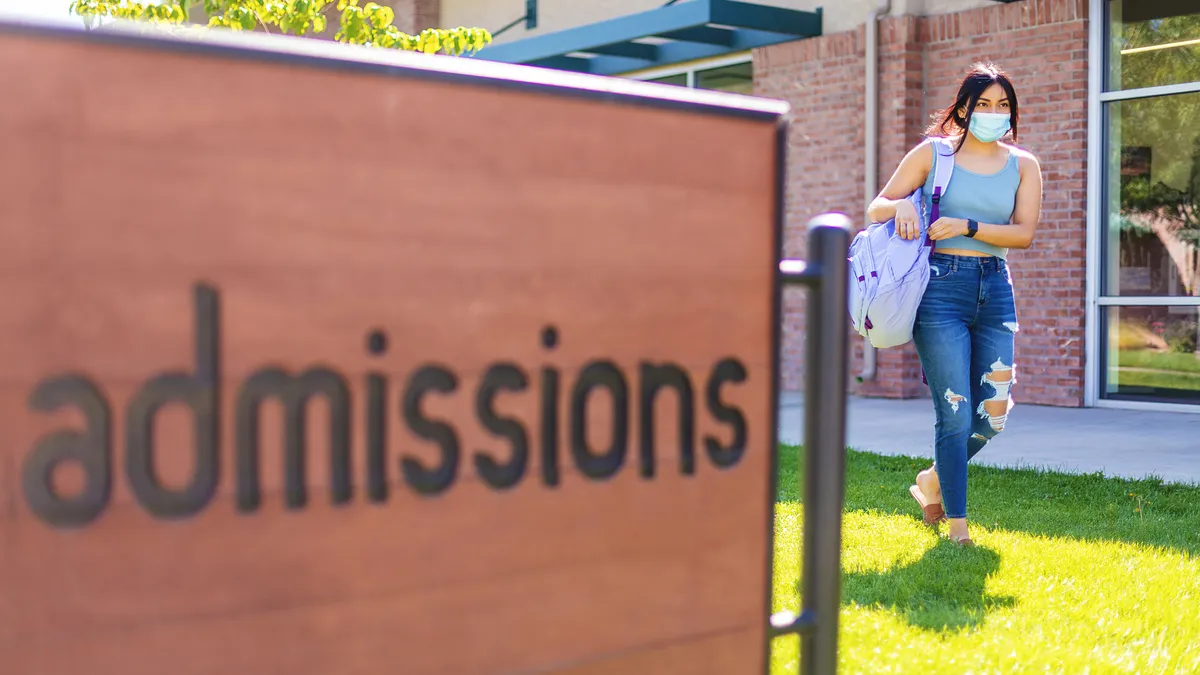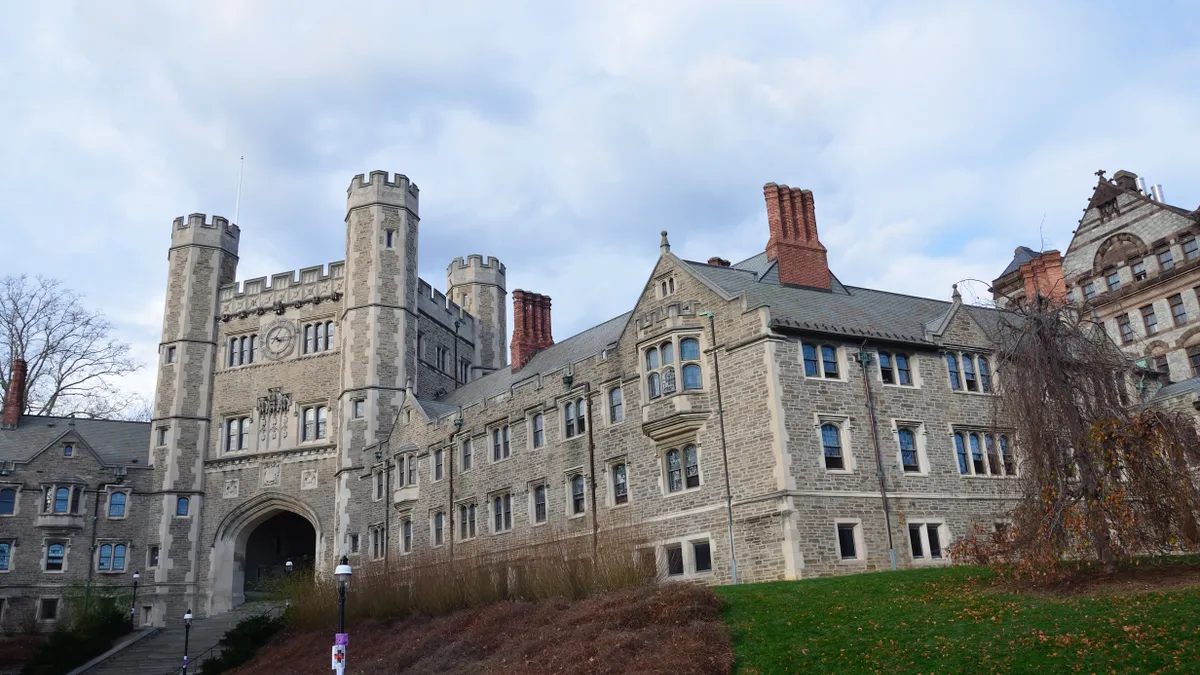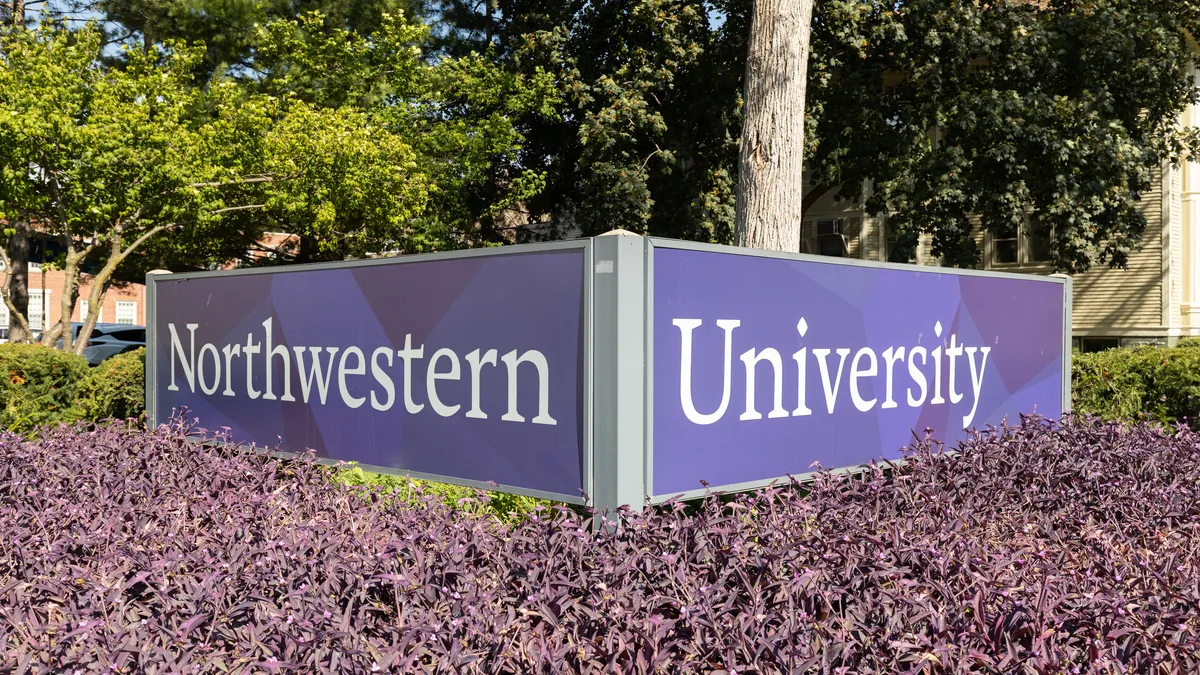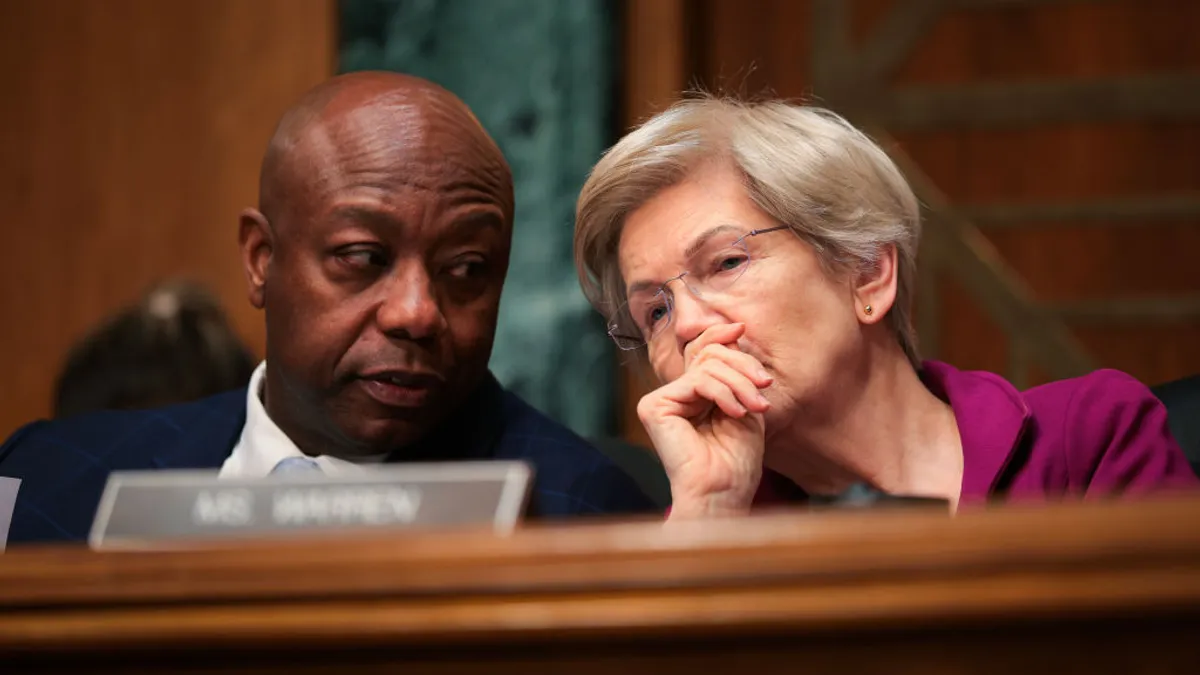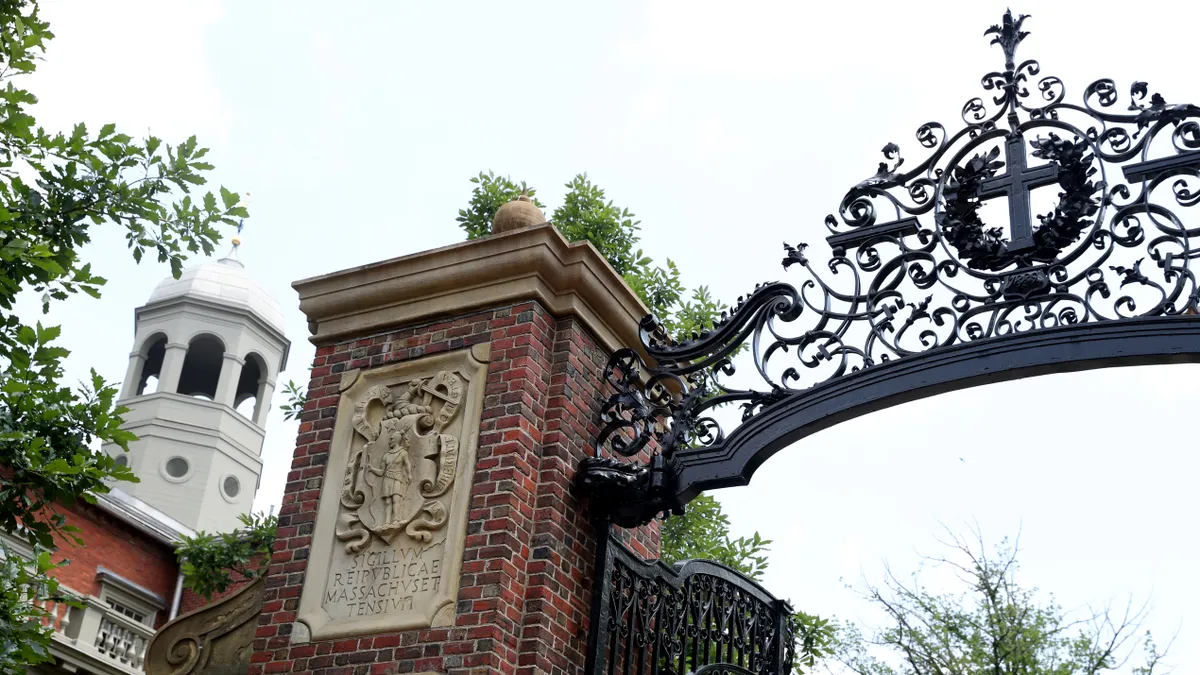The Biden administration on Monday released directives to help colleges understand what remains legal in admissions after the U.S. Supreme Court ruled against race-conscious practices this summer.
Colleges can still attempt to recruit diverse classes, the Education and Justice departments said in a question and answer document. And they can take steps to accomplish that goal, like reaching out to high schools in low-income areas — so long as students don’t receive special admissions treatment because of their race, the agencies said.
The decision in June meant colleges needed to discard admissions practices rooted in decades of legal precedent. And while most institutions accept a majority or all of their applicants, and so didn’t factor race into admissions, college leaders broadly have pondered what is legally permissible now.
They’ve also been concerned that the ruling delivers a message to historically marginalized groups that they are not welcome in higher education.
‘We can’t afford that kind of backpedaling’
Education Secretary Miguel Cardona raised similar concerns in a call with reporters Monday, pointing to states that had banned race-conscious admissions before June’s court decision and how their admissions had been affected.
“Fewer students of color applied, and fewer students of color were admitted” in these states, Cardona said. “We cannot afford that kind of backpedaling on a national scale.”
The Education and Justice departments’ missive on Monday outlines that colleges can’t directly account for race in admissions decisions. But they can consider how applicants’ experiences — including race — have affected their lives, a point highlighted in the Supreme Court's ruling.
Thus, a university could consider “an applicant’s explanation about what it means to him to be the first Black violinist in his city’s youth orchestra,” according to the agencies.
“In short, institutions of higher education remain free to consider any quality or characteristic of a student that bears on the institution’s admission decision, such as courage, motivation, or determination, even if the student’s application ties that characteristic to their lived experience with race,” the document states.
The guidelines don’t address the legality of colleges maintaining race-conscious scholarships and similar programs.
While the Supreme Court confined its ruling to admissions, colleges and states have since started nixing other race-conscious initiatives.
The University of Missouri System announced shortly after the decision it would no longer factor in race and ethnicity in scholarships.
Eli Capilouto, the University of Kentucky’s president, similarly read the decision as restricting “consideration of race with respect to admissions and scholarships,” he wrote in a statement in June.
A senior Education Department official said on Monday’s press call that the agency did not address the scholarship issue because it was only advising on what the court covered in its ruling.
The Education and Justice departments detailed, though, how colleges can explore admissions tactics like recruiting students through pathway programs, which help grow the applicant pool of college-ready students in high school vocational education.
Colleges can consider the demographics of who they are reaching out to for admission into a pathway program.
For instance, a college could contact a high school with many Black students. If the institution admitted those students for a pathway program based on nonracial factors, like being juniors, then they could still receive an admissions preference.
Colleges can also collect demographic data — ranging from race and ethnicity to sexual orientation or socioeconomic background — without fear of legal repercussion, the federal agencies said. Institutions can leverage that data for admissions and student programming needs, as long as race isn’t factored into admissions, they said.
‘Screening out students’
Addressing one policy elephant in the room, the agencies said colleges can inspect their admissions policies and possibly reconsider those that benefit wealthy and White applicants, like legacy preferences.
Legacy admissions, which give a leg up to alumni’s relatives, have been under heightened scrutiny since the June ruling, as they most often benefit White and wealthy college attendees. The Education Department recently opened an investigation into whether Harvard University’s legacy practices violate civil rights laws after Lawyers for Civil Rights, an advocacy group for people of color, complained about them.
The Education and Justice departments also called out application fees, entrance exams and prerequisite course requirements as potentially problematic admissions policies.
Some of these mechanisms may be “inadvertently screening out students who would thrive and contribute greatly on campus,” the agencies said.
Cardona said the Education Department will publish a report in September on how colleges can construct diverse student bodies, “including how colleges can give serious consideration to measures of adversity” in admissions.



